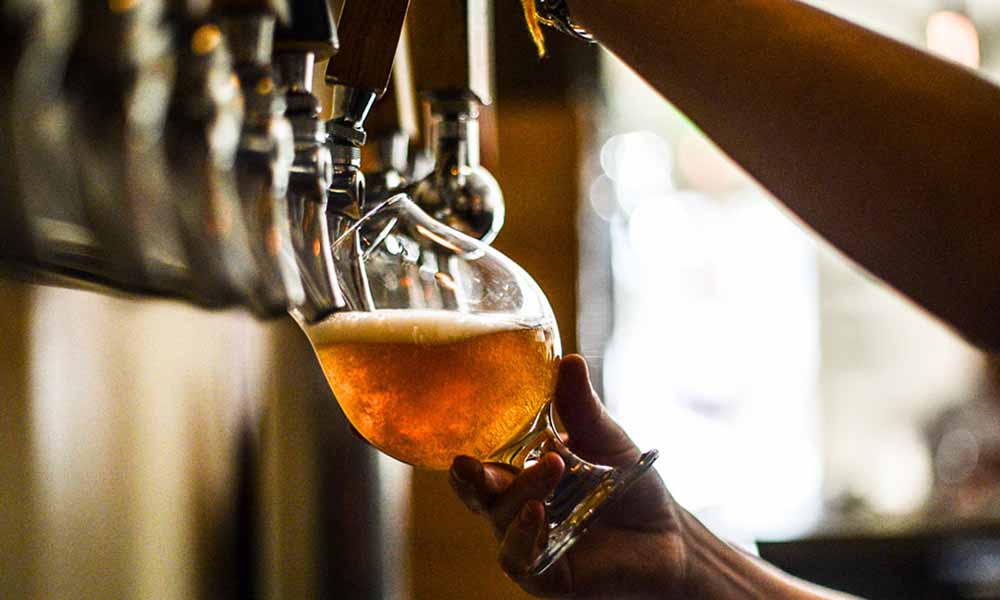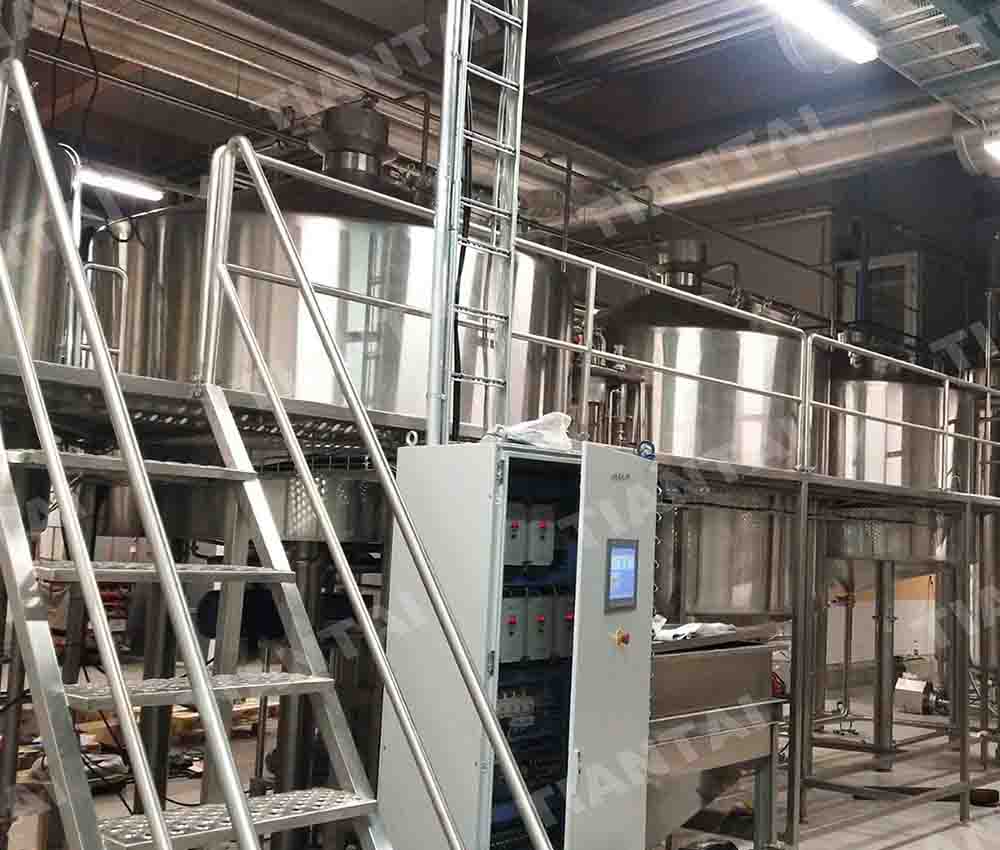The art of brewing beer encompasses various methods, each with its unique characteristics. Craft beer and industrial beer, in particular, exhibit distinct fermentation cycles. This article delves into the differences in fermentation procedures and times between these beer categories.
Variations in Fermentation Techniques
Craft Beer Fermentation: Craft beer enthusiasts often prefer traditional ale fermentation. In this process:
- Yeast is active at the top of the fermentation vessel, creating a layer that floats on the surface of the beer.
- The fermentation temperature is maintained within a range of 10-20°C, which is ideal for ale yeasts.
- Fermentation vessels are typically smaller, allowing for more precise control over the process.
- Post-fermentation, craft beers are usually not filtered or pasteurized, preserving the natural flavors and textures.
Industrial Beer Fermentation: Industrial beer production predominantly employs the lager fermentation process, which differs as follows:
Yeast operates at the bottom of the fermentation tank, settling beneath the liquid.
The fermentation temperature is kept below 10°C, which is suitable for lager yeasts.
Fermentation tanks are large-scale, designed for high-volume production.
To extend shelf life, industrial beers often undergo filtration and pasteurization after fermentation.

Divergence in Fermentation Durations
Craft Beer Fermentation Time: Craft brewers prioritize quality over speed, resulting in the following fermentation timeline:
- Craft beers can undergo fermentation for up to two months, ensuring a thorough and complete process.
- This extended period allows for a higher concentration of wort, leading to a richer and more complex flavor profile.
Industrial Beer Fermentation Time: In contrast, industrial beer production focuses on efficiency and cost-effectiveness:
The fermentation time for industrial beers is typically around 7 days, significantly shorter than that of craft beers.
This abbreviated fermentation period can result in a lower wort concentration and milder taste.
Conclusion
The fermentation cycles of craft beer and industrial beer are marked by distinct procedures and durations. Craft beer’s commitment to traditional methods and longer fermentation times yields a product with rich flavors and textures. Conversely, the focus of industrial beer on efficiency and mass production results in a more standardized and mild-tasting product. Understanding these differences can enhance one’s appreciation for the diverse world of beer.



